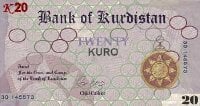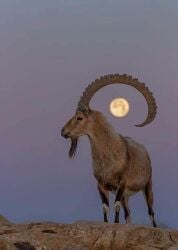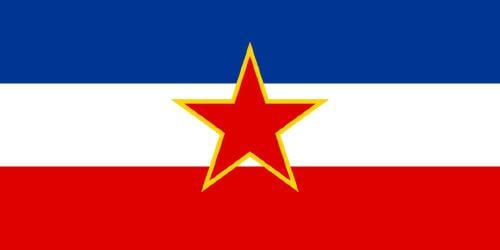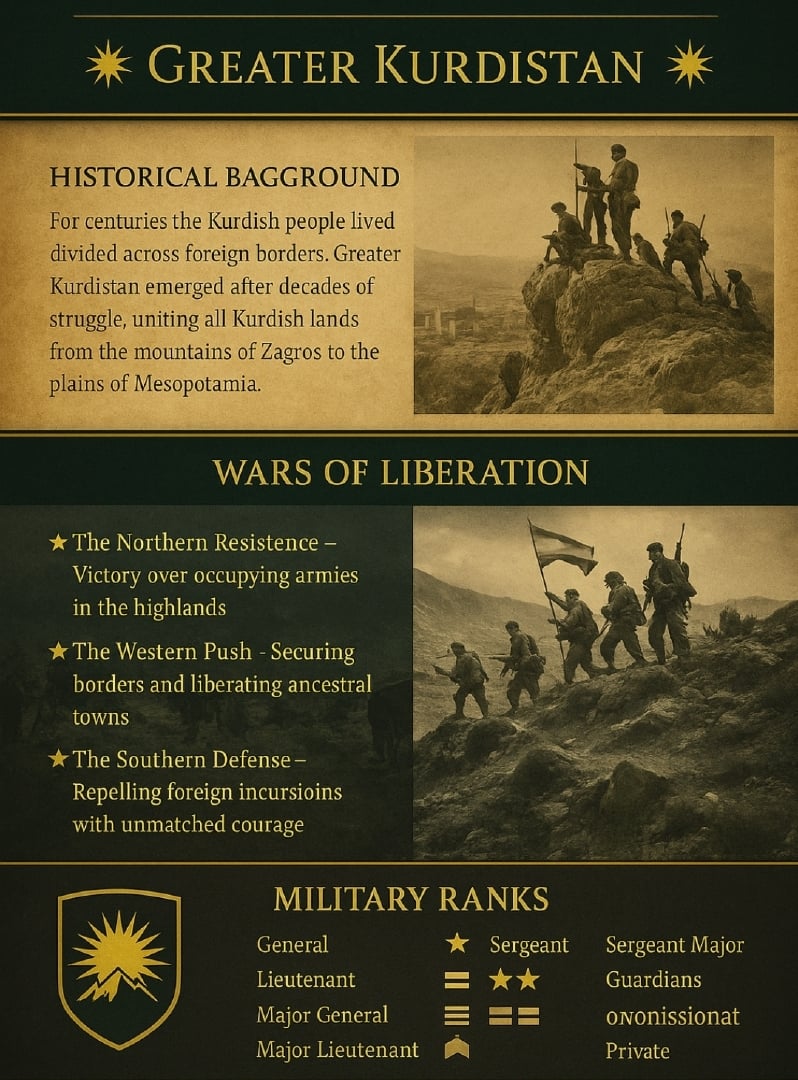| National Factbook |
| Flag: |

|
| Nation Name: |
Greater kurdistan |
| Leader Name: |
Akar |
| Currency: |

Kurdistan Dollar |
| National Animal: |

Mountain Goat |
| History: |
Kurdistan, an ethno-cultural region primarily inhabited by Kurds, spans across parts of Turkey, Iran, Iraq, and Syria. The Kurdish people have a rich history dating back to ancient Mesopotamia. Throughout history, Kurdistan has seen various empires and civilizations, including the Assyrians, Medes, Persians, and Ottomans. The quest for Kurdish independence and autonomy has been a defining feature of modern Kurdish history. Post World War I, the Treaty of Sèvres proposed a Kurdish state, but it was never realized. The Kurdish struggle for recognition continues, marked by significant events such as the establishment of the autonomous Kurdistan Region in Iraq in 1991 and the ongoing conflict for autonomy in Turkey and Syria. |
| Geography |
| Continent: |
Asia |
| Land Area: |
224,502.93 sq. km |
| Terrain: |
Kurdistan is characterized by its diverse and rugged terrain. The region is predominantly mountainous, with the Zagros and Taurus ranges creating natural borders. Fertile plains, rolling hills, and deep valleys also define the landscape. The Tigris and Euphrates rivers, originating in the mountains, provide vital water sources for agriculture. Rich in natural resources, the terrain supports diverse flora and fauna, contributing to Kurdistan's agricultural and pastoral economy. |
| Highest Peak: |
Mt. Halgurd,
3 meters
|
| Lowest Valley: |
Tigris,
370 meters
|
| Climate: |
The climate of Kurdistan varies with its topography. The mountainous regions experience cold winters with heavy snowfall, while summers are mild and pleasant. In contrast, the lowlands have a more continental climate, with hot, dry summers and mild, wet winters. The diversity in climate supports a variety of agricultural activities, from cereal production in the plains to fruit orchards and pastoralism in the highlands. |
| People & Society |
| Population: |
10,720,237 people |
| Demonym: |
Kurd |
| Demonym Plural: |
Kurds |
| Ethnic Groups: |
Kurdish - 97.0%
Assyrian - 2.0%
Armenian - 1.0% |
| Languages: |
Kurdish - 90.0%
Arabic - 6.0%
Armenian - 4.0% |
| Religions: |
Islam (Sunni) - 75.0%
Yazidism - 15.0%
Christianity - 10.0% |
| Health |
| Life Expectancy: |
71 years |
| Obesity: |
15.3% |
| Alcohol Users: |
30.8% |
| Tobacco Users: |
37.1% |
| Cannabis Users: |
5.2% |
| Hard Drug Users: |
2.4% |
| Economy |
| Description: |
Kurdistan has a mixed economy with elements of capitalism and socialism. The region's economy is primarily driven by oil and gas exports, given its substantial natural reserves. Agriculture also plays a crucial role, with significant production of wheat, barley, and various fruits. Small to medium-sized enterprises thrive, particularly in textiles and handicrafts. The Kurdish government has been promoting foreign investment and developing infrastructure to diversify the economy. Challenges include political instability and regional conflicts, but there is significant potential for economic growth and development. |
| Average Yearly Income: |
$244.61 |
| Gross Domestic Product (GDP): |
$23,615,146,735.00 |
| GDP per Capita: |
$2,202.86 |
| Gross National Income (GNI): |
$14,286,617,570.00 |
| Industries: |
Major industries in Kurdistan include oil and gas extraction, agriculture, textile manufacturing, and tourism. The region is known for its rich cultural heritage sites, attracting tourists worldwide. Additionally, livestock farming and dairy production are vital, supported by the region's extensive pastoral lands. Efforts are ongoing to boost the technology and renewable energy sectors, aiming for a more diversified economic base. |
| Military |
| History: |
The Kurdish armed forces, known as the Peshmerga, were formally established in 1946. The Peshmerga have played a crucial role in defending Kurdish autonomy and fighting against various threats, including ISIS in recent years. They are renowned for their resilience and effectiveness. The military structure includes ground forces, special operations units, and an evolving air defense capability. The Peshmerga also collaborate with international forces, receiving training and support from global allies to enhance their operational capabilities. |
| Soldiers: |
0 |
| Tanks: |
15,500 |
| Aircraft: |
2,325 |
| Ships: |
155 |
| Missiles: |
32 |
| Nuclear Weapons: |
21 |
| Last Updated: 07/30/2025 09:36 am |




















